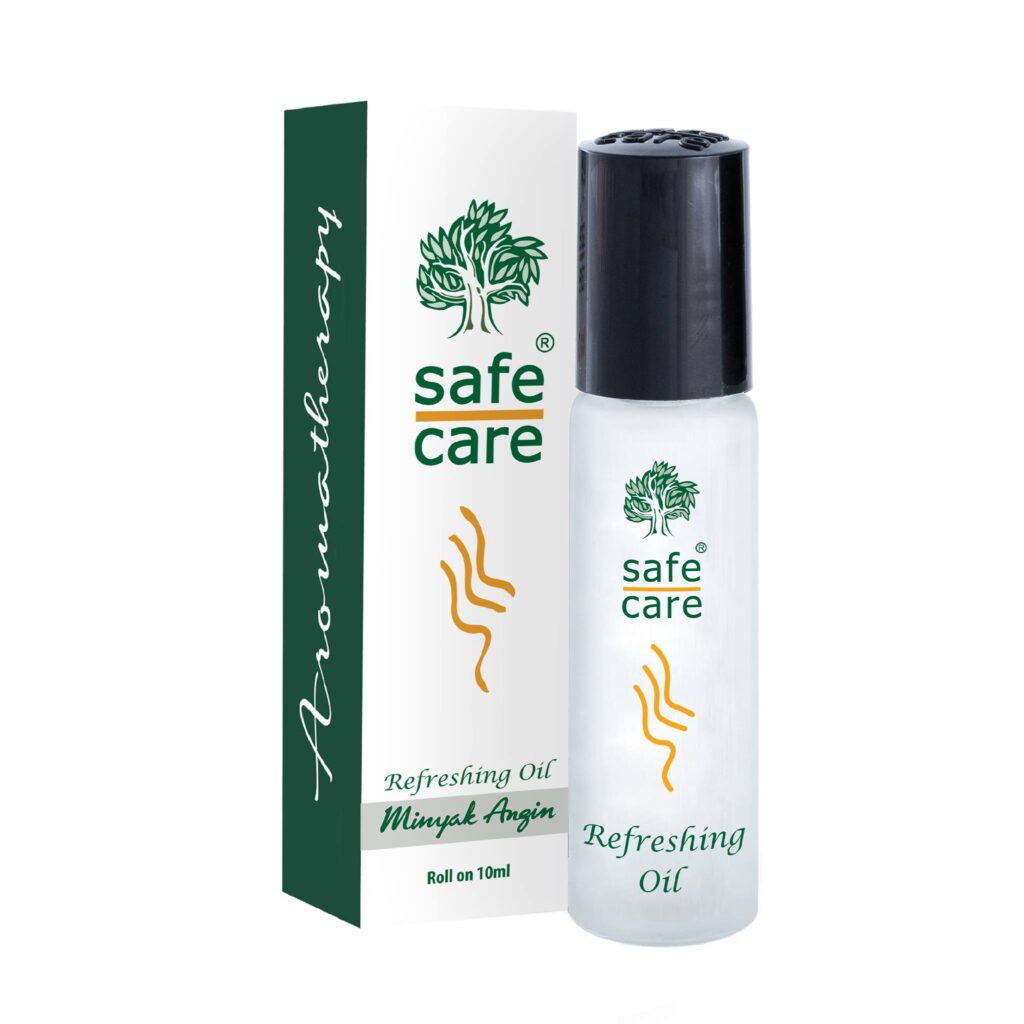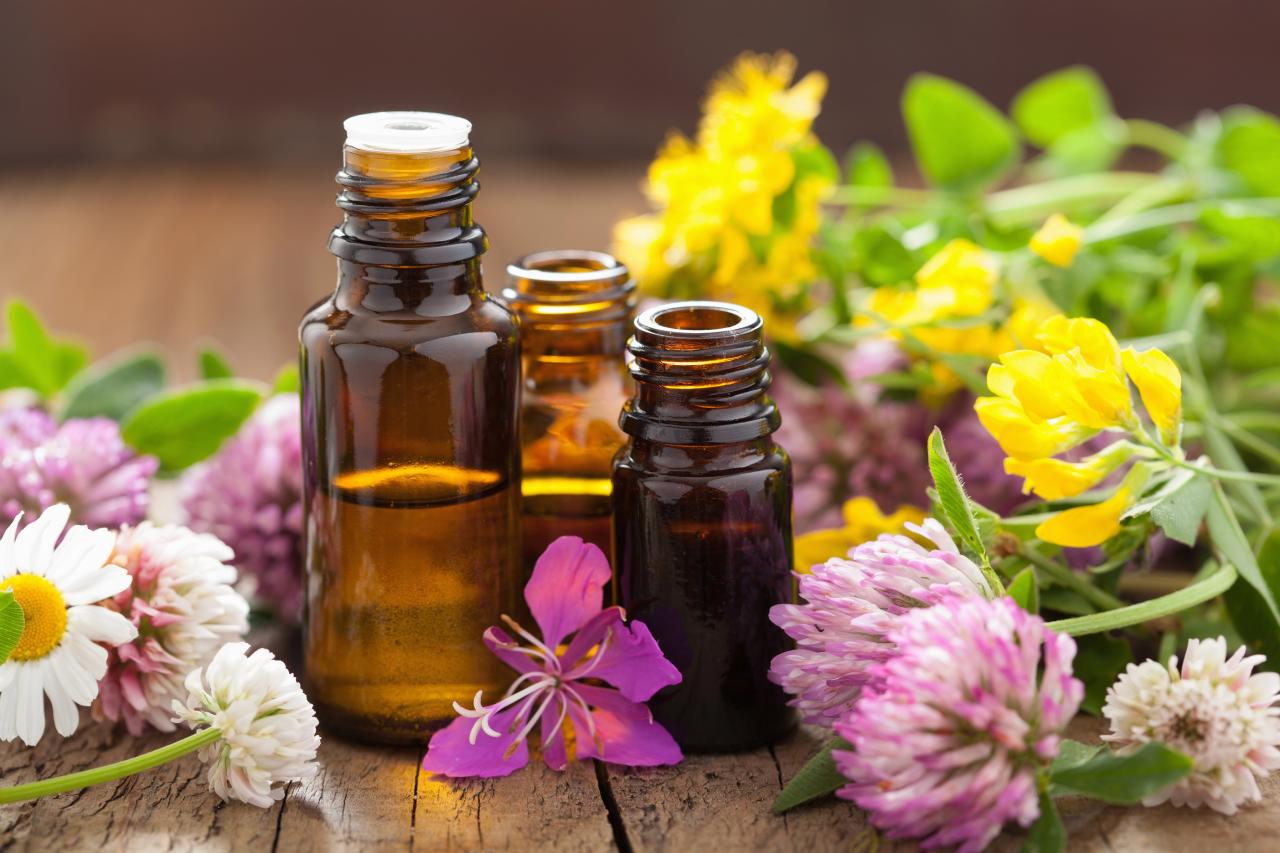Aromatherapy, the practice of using essential oils for therapeutic purposes, has gained immense popularity in recent times. While it offers numerous potential benefits, understanding its safety profile is crucial. This article delves into the potential risks, precautions, and safe practices associated with aromatherapy, empowering you to make informed decisions about its use.
Aromatherapy has been used for centuries to promote relaxation, relieve stress, and enhance mood. However, it’s important to approach its use with caution, as certain essential oils and methods of application may pose risks to specific individuals.
Safety Precautions and Contraindications
Aromatherapy is generally considered safe when used properly, but it’s crucial to be aware of potential risks and precautions to ensure a positive and safe experience.
Certain essential oils can cause skin irritation or allergic reactions, especially when applied undiluted. Some oils, such as citrus oils, can increase sun sensitivity. It’s essential to dilute essential oils in a carrier oil, such as jojoba or almond oil, before applying them to the skin.
Contraindications
Certain essential oils may not be suitable for everyone. Pregnant women, individuals with certain medical conditions, and children should consult a healthcare professional before using aromatherapy.
- Pregnancy:Some essential oils, such as rosemary, sage, and clary sage, can stimulate uterine contractions and should be avoided during pregnancy.
- Medical Conditions:Individuals with epilepsy, asthma, or other respiratory conditions should use caution when using essential oils that may trigger their symptoms.
- Children:Children’s skin is more sensitive, so essential oils should be diluted to a lower concentration for use on children.
Safe Dilution Ratios
The recommended dilution ratio for essential oils varies depending on the oil and the intended use. As a general guideline:
For topical application: 2-5% dilution (2-5 drops of essential oil per 10 ml of carrier oil)
For inhalation: 1-2% dilution (1-2 drops of essential oil per 100 ml of water)
Application Methods
There are several safe methods for using essential oils in aromatherapy:
- Diffusion:Diffusing essential oils into the air using a diffuser or humidifier.
- Topical Application:Diluting essential oils in a carrier oil and applying them to the skin for massage, baths, or compresses.
- Inhalation:Inhaling essential oils directly from the bottle or using an inhaler.
By following these safety precautions and contraindications, you can enjoy the benefits of aromatherapy while minimizing potential risks.
Benefits and Uses of Aromatherapy
Aromatherapy is the practice of using essential oils to promote well-being. Essential oils are concentrated plant oils that contain the volatile compounds responsible for the plant’s scent. When inhaled or applied to the skin, these compounds can interact with the body to produce a variety of effects.
Aromatherapy has been used for centuries to treat a wide range of conditions, including stress, anxiety, depression, pain, and insomnia. Modern research has begun to support the traditional uses of aromatherapy, and essential oils are now being used in a variety of settings, including hospitals, clinics, and spas.
Common Essential Oils Used in Aromatherapy
- Lavender oil:Relaxation, sleep, and stress relief
- Peppermint oil:Energy, focus, and headache relief
- Lemon oil:Mood enhancement, air purification, and cleaning
- Eucalyptus oil:Respiratory support, decongestant, and antibacterial
- Tea tree oil:Antibacterial, antifungal, and antiviral
Benefits of Aromatherapy
- Relaxation and stress relief:Essential oils like lavender and chamomile can help to promote relaxation and reduce stress.
- Mood enhancement:Essential oils like lemon and orange can help to improve mood and reduce feelings of depression.
- Pain relief:Essential oils like peppermint and eucalyptus can help to relieve pain and inflammation.
- Sleep improvement:Essential oils like lavender and valerian can help to promote sleep and improve sleep quality.
- Respiratory support:Essential oils like eucalyptus and tea tree oil can help to clear congestion and support respiratory health.
Aromatherapy in Complementary Therapies
Aromatherapy is often used in conjunction with other complementary therapies, such as massage, acupuncture, and yoga. This can help to enhance the benefits of these therapies and create a more relaxing and therapeutic experience.
Diffusers and Inhalation Methods

Aromatherapy diffusers are devices that disperse essential oils into the air, allowing you to enjoy their therapeutic benefits through inhalation. Inhalation methods for aromatherapy include direct inhalation, steam inhalation, and the use of diffusers.
Types of Diffusers
There are various types of diffusers available, each with its own advantages and uses:
- Ultrasonic Diffusers:These use ultrasonic vibrations to create a fine mist of essential oils and water, dispersing them into the air. They are quiet, energy-efficient, and suitable for small to medium-sized rooms.
- Nebulizing Diffusers:These use a high-pressure stream of air to break down essential oils into tiny particles, creating a concentrated mist. They are more expensive but produce a stronger aroma and are ideal for larger spaces.
- Heat Diffusers:These use heat to evaporate essential oils, releasing their aroma. They are less common but can be effective for creating a warm and inviting atmosphere.
- Evaporative Diffusers:These use a fan to circulate air through a pad soaked in essential oils, releasing their aroma. They are simple to use and maintain but have a lower scent intensity.
Inhalation Methods
In addition to using diffusers, aromatherapy can also be practiced through direct inhalation or steam inhalation:
- Direct Inhalation:This involves inhaling essential oils directly from the bottle or a tissue. It provides a quick and intense burst of aroma but should be used sparingly.
- Steam Inhalation:This involves adding a few drops of essential oils to hot water and inhaling the steam. It is a gentle and effective method for clearing congestion and promoting relaxation.
Guidelines for Safe and Effective Use
To ensure safe and effective use of aromatherapy diffusers, follow these guidelines:
- Use high-quality essential oils from reputable sources.
- Follow the manufacturer’s instructions for your diffuser and essential oils.
- Start with a low concentration of essential oils and gradually increase as needed.
- Diffuse essential oils for short periods, such as 30-60 minutes at a time.
- Avoid using essential oils near children, pregnant women, or individuals with respiratory conditions.
- Ventilate the room well before and after using a diffuser.
Topicals and Skin Applications

Harnessing the power of essential oils through topical application offers a direct and targeted approach to experience their therapeutic benefits. By creating safe and effective blends, you can enjoy the rejuvenating effects of aromatherapy on your skin.
Creating Topical Blends
To create safe topical blends, it’s crucial to dilute essential oils in a carrier substance. Common carrier oils include coconut oil, almond oil, and jojoba oil. The dilution ratio depends on the intended use and the potency of the essential oils.
For general massage oils and lotions, a 2-5% dilution is recommended (2-5 drops of essential oil per 10 ml of carrier oil). For bath salts, a lower dilution of 0.5-1% is suitable.
Recipes and Formulas
Massage Oil
- 10 ml coconut oil
- 5 drops lavender essential oil
- 3 drops rosemary essential oil
Lotion
- 100 ml unscented lotion
- 10 drops chamomile essential oil
- 5 drops bergamot essential oil
Bath Salts
- 1 cup Epsom salts
- 5 drops lavender essential oil
- 3 drops ylang-ylang essential oil
Precautions
Before applying any topical blend, it’s essential to test it on a small patch of skin for potential irritation. Discontinue use if any redness, itching, or discomfort occurs. Individuals with sensitive skin should exercise caution and consider using a lower dilution ratio or avoiding certain essential oils altogether.
Research and Evidence-Based Applications
A growing body of scientific research supports the use of aromatherapy for various therapeutic purposes. Clinical studies have demonstrated the effectiveness of essential oils in reducing stress, improving sleep, alleviating pain, and enhancing cognitive function.
Aromatherapy is increasingly recognized as a valuable adjunct to integrative medicine and wellness practices. Healthcare professionals are incorporating aromatherapy into their treatment plans to complement conventional therapies and promote holistic well-being.
Case Studies and Anecdotal Evidence
- A study published in the journal “Complementary Therapies in Medicine” found that aromatherapy with lavender oil significantly reduced anxiety and improved sleep quality in patients undergoing chemotherapy.
- A case study reported in the “International Journal of Aromatherapy” demonstrated the effectiveness of aromatherapy with peppermint oil in reducing postoperative nausea and vomiting.
- Anecdotal evidence suggests that aromatherapy with rosemary oil may enhance memory and cognitive function, particularly in older adults.
Closing Notes
Aromatherapy can be a valuable tool for promoting well-being when used safely and appropriately. By adhering to safe dilution ratios, avoiding contraindicated oils, and employing proper inhalation and topical application techniques, you can harness the therapeutic benefits of essential oils while minimizing potential risks.
Remember to consult a qualified healthcare professional before incorporating aromatherapy into your routine, especially if you have any underlying health conditions or concerns.